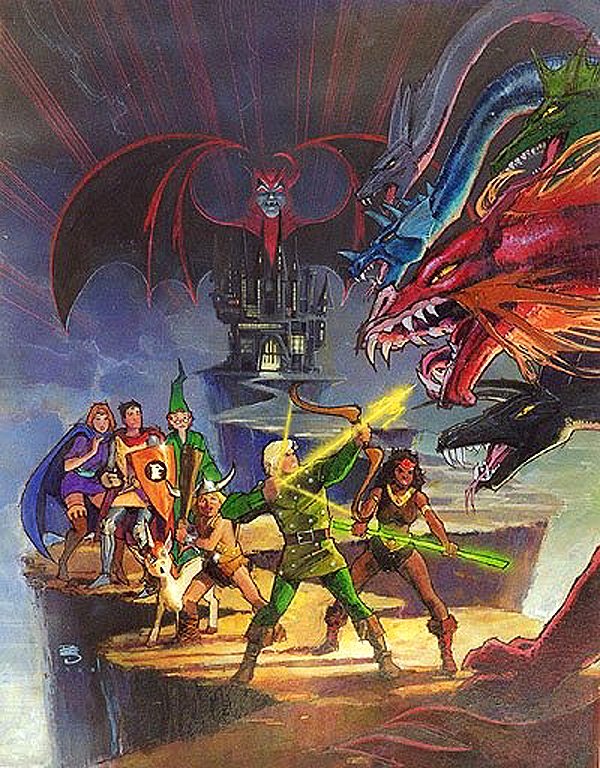My Dungeon Fantasy House Style: Characters

Back when I statted up the Pathfinder Iconics for both versions of Dungeon Fantasy, I decided to work under a set of restrictions to make those characters more “by the book”. The idea was that anyone who had either GURPS DF or the DFRPG boxed set could pick the appropriate version and start playing.
Were I making those characters solely for my own use, however, I would have done a few things differently. Like everyone else, I have a particular “house style” shaped by my personal preferences. And like everyone else who owns both versions of DF, I have a particular way of picking which version of the rules to use for any given situation.
I plan to discuss those preferences in this article, for a simple reason: I want to post more characters in this blog, and I want to make them according to my own preferences. It’s useful for the reader to understand what those are!
Character Templates
Any professional template from the main GURPS Dungeon Fantasy line or the DFRPG box set are allowed. Pick whatever version you like best! You can also use any templates published in Octopus Carnival. Templates from other sources are subject to my review on a case by case basis, provided I have access to the source in question.
The same goes for racial templates. In fitting with my stated policy on this post, however, I consider attribute adjustments and traits with a “cultural” origin to be mere suggestions and not part of the template. If you want your dwarf to be a hard-headed greedy grump, take those as individual disadvantages.
Traits and Powers
Most traits and powers that exist in both versions of Dungeon Fantasy are identical in both, but when that’s not the case I generally go with the cooler or cheaper version. “Resistant to X” is the one that comes to mind here. I prefer the DFRPG version because it’s slightly cheaper and more granular than the default GURPS one.
If a power only exists in one version of the game, you’re obviously still allowed to get it no matter where you took your template from. DFRPG bards can learn Alarum, and DFRPG druids can have animal companions.
Spells
I’ll be honest, my mastery of the GURPS Magic system leaves something to be desired when compared to my knowledge of its other rules. I’m a fan of fighters, what can I say? For this reason, DFRPG: Spells is the baseline magic book for any campaign of mine. The spells in there are already pre-selected and pre-edited for a Dungeon Fantasy campaign. Spells not present in that book will be allowed on a case-by-case basis.
Equipment
The “canonical” weapons list for my campaigns is the one from Low-Tech, though the one in DFRPG: Adventurers will do as a substitute in a pinch. As far as I know, it just has less weapons. Weapon modifiers are the ones in DFRPG: Adventurers. The “canonical” armor list is the one from DFRPG: Adventurers. The Basic Set one feels outdated, and Low-Tech’s hit location rules are too complex for me.
I haven’t had to deal with characters of wildly differing sizes yet, but I’m tempted to use the scaling rules in vanilla DF when that happens. Just for armor, though. For weapons, just pick an appropriate stat line for a smaller weapon and wield it with the skill that feels right. For example, a pixie knight might wield various knives with Broadsword, Two-Handed Sword or Polearm depending on size.
Other gear should generally be taken from the DFRPG list, though I gather it’s similar enough to most GURPS sources that you can take something from Low-Tech or the Basic Set if you really want it.
The Tech Level is 4, when that matters. The availability of guns is decided on a per-campaign basis.
Side Note: Iconics in the House Style
If I were to stat up the Pathfinder Iconics in my “house” style, they’d mostly follow the DFRPG templates, but freely borrow from the GURPS DF line for powers. Kyra would get her fire spells, Lem would get his bard song, Lini her pet leopard, Sajan his kopesh, and even Valeros his Dual-Weapon Attack. I guess the exceptions would be Amiri and Merisiel, as I find their DFRPG selves all-around better than the original.
I’m not going back and statting these bozos up a third time, though. I leave that as an exercise for the reader.